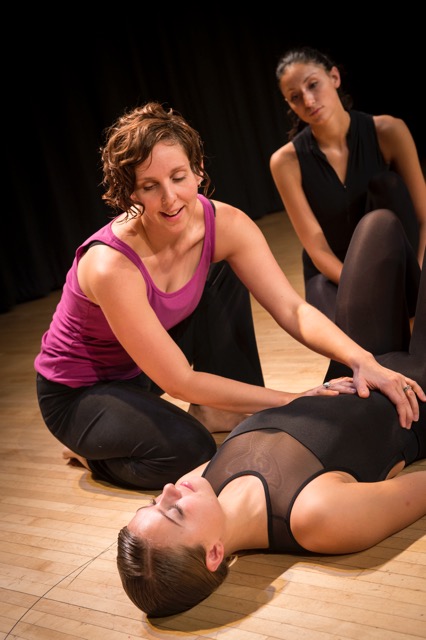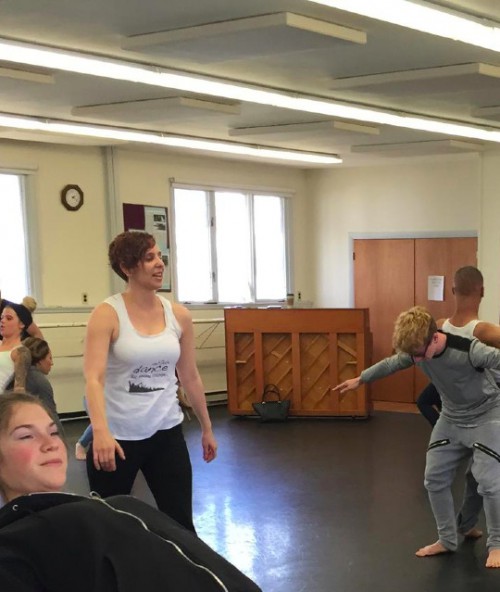 Teaching Philosophy
Teaching Philosophy
My mission as a teacher in higher education is to foster intelligent and socially responsible dancers and humans while empowering my students to find their strength as artists and move their truth as dancers. I use the term ‘intelligent dancer’ to describe a dancer that is fluent in various techniques, improvisation skills, composition, theory, performance experience, production knowledge and cultural context. Through my various experiences as an educator and dancer, I have come to value an experiential approach to education. I use my combined knowledge of Laban Movement Analysis, Authentic Movement, different learning modalities, and Somatic practices to support this approach. These serve as the starting points from which all of my classes are developed including choreography, technique, contact improvisation, and theory classes.
My teaching style and methodology vary depending on the students’ needs but I tend to be fun, creative, and easily approachable. I do everything in my power to view each student as an individual. It is necessary to foster the development of each artist separately, without comparison. Making a personal connection with each student allows for an environment in which to set unique goals for each individual. This provides an opportunity to be sure that students are challenged in ways that will benefit them in the future.
My belief is that movement is a vessel, a channeling through bodies of culture, mind, and spirit. Movement allows the ‘truth’ to be told. Movement is a voice to speak with. Movement is a culture, reacts to culture, and informs culture. My goal is to inspire students to use these ideas in their creative lives as dancers. Dance and movement have a greater power than we realize. There is much to be learned from a kinesthetic place. Bodily intelligence is just as important as verbal and logical intelligence. We as humans experience and embody our own culture, history and future. Therefore, can we reverse the roles and actually influence our larger culture? Can we change our own future through embodiment?
I am interested in introducing these concepts in the classroom on a daily basis. Whether it is technique, composition or somatics, I strive to put dance and movement into the context of the larger world. Students at the university level are not only working on themselves as artists, but also as young people. I am positive that teaching with a holistic view of dance can teach them about their chosen art form in addition to many other valuable life lessons.
Based on this, I have posed the following questions to guide my vision as an educator, creator and collaborator:
- Can training strong and intelligent dancers have a positive influence on our culture?
- How can dance as an integrative art form, contribute to creating positive change on a personal level, as a class and in the community?
- How can the technology in relation to dance inhibit or inspire us?
As dance moves forward through time, it becomes more and more vital to educate dancers. Fostering an intelligent dancer allows the student to be more versatile upon finishing his or her education. Not only should a dancer be able to fully embody movement, but they should also be able to know why and how (somatically and anatomically) as well as being able to discuss dance as an art form. Now, more than ever, our world is interconnected and ever changing. There needs to be more confidence in the idea that dance can be a part of evolving existence by providing us with a vehicle for social change; movement initiating ‘Movements’. Movement lives in a symbiotic relationship with our culture, and the more awareness we have of that relationship the more we can use it to create a better world. As an educator, it is my vision to empower students to live up to this as creators, artists and humans.